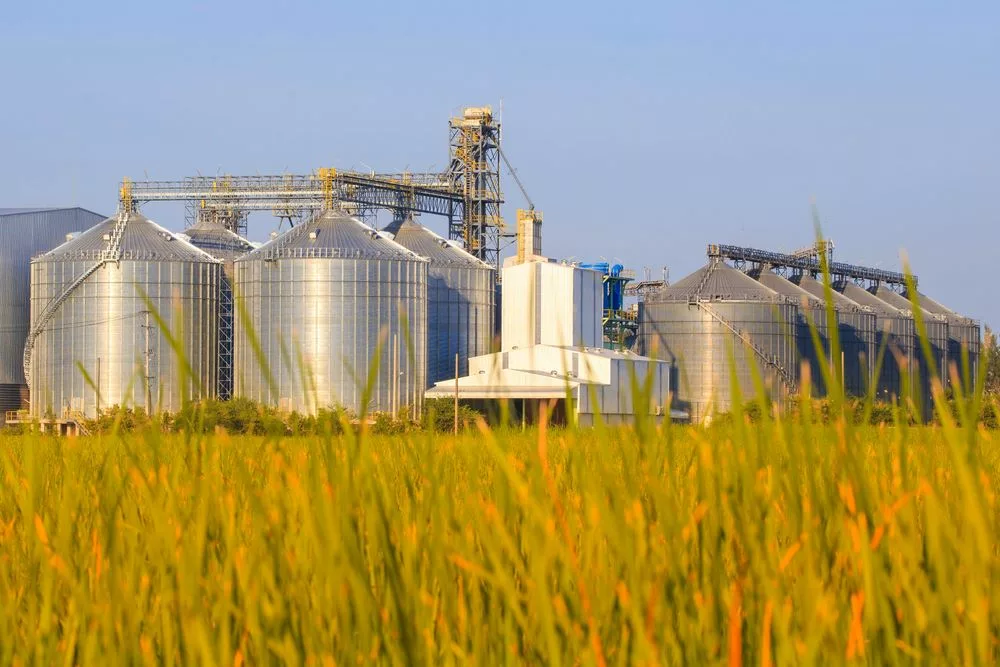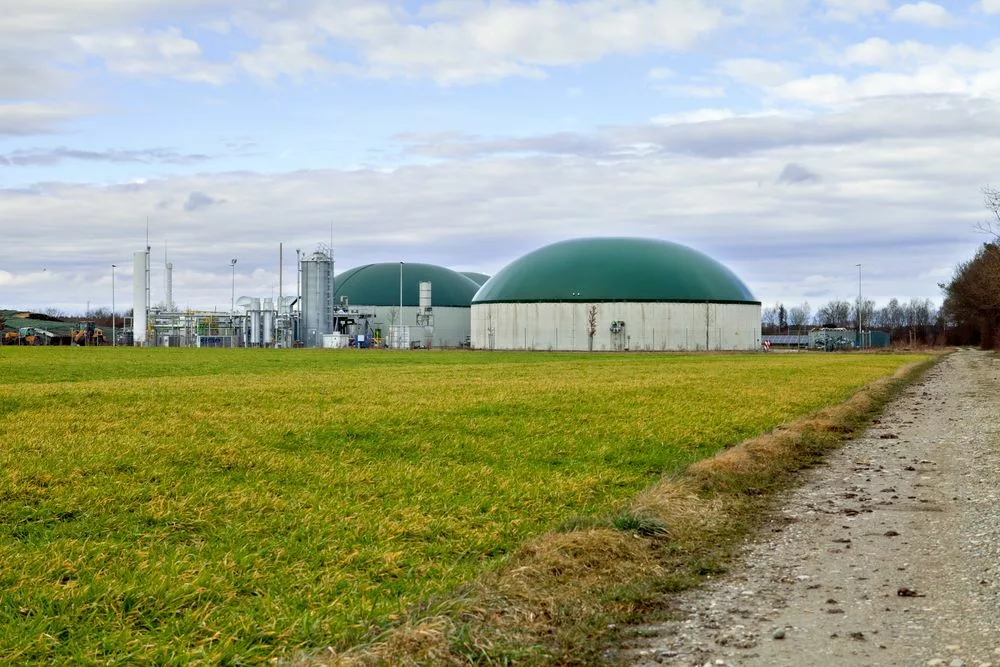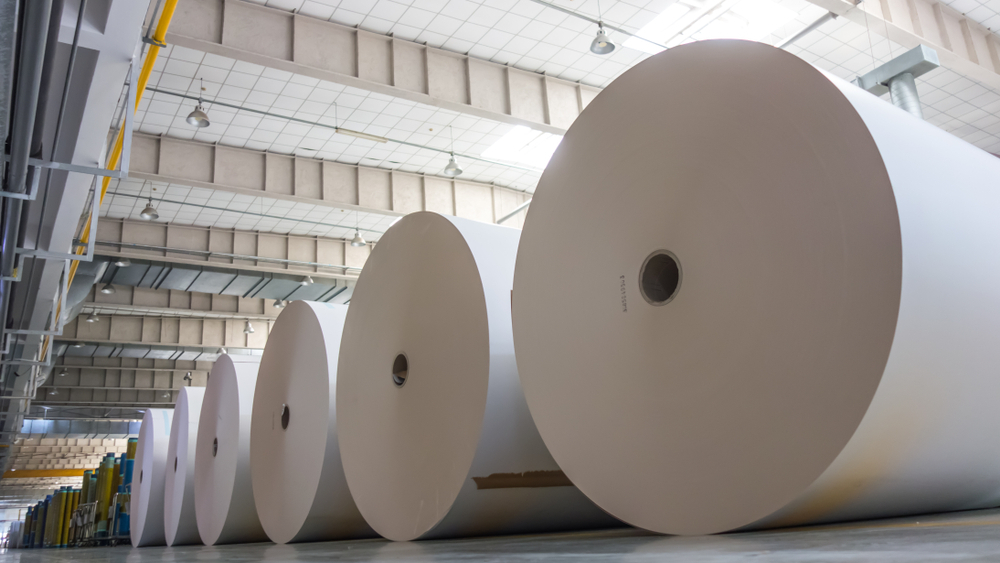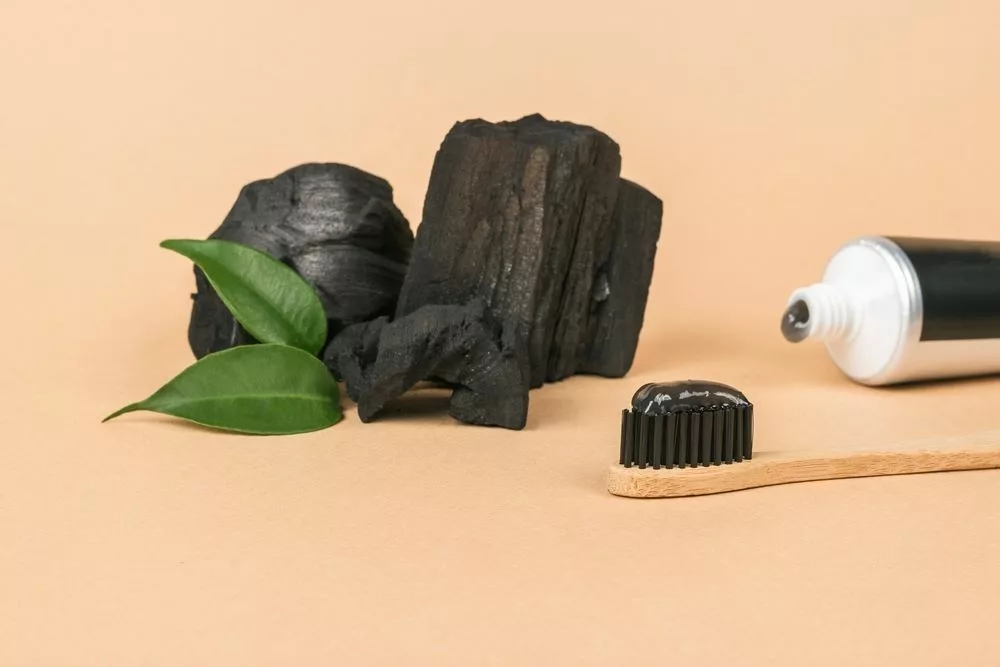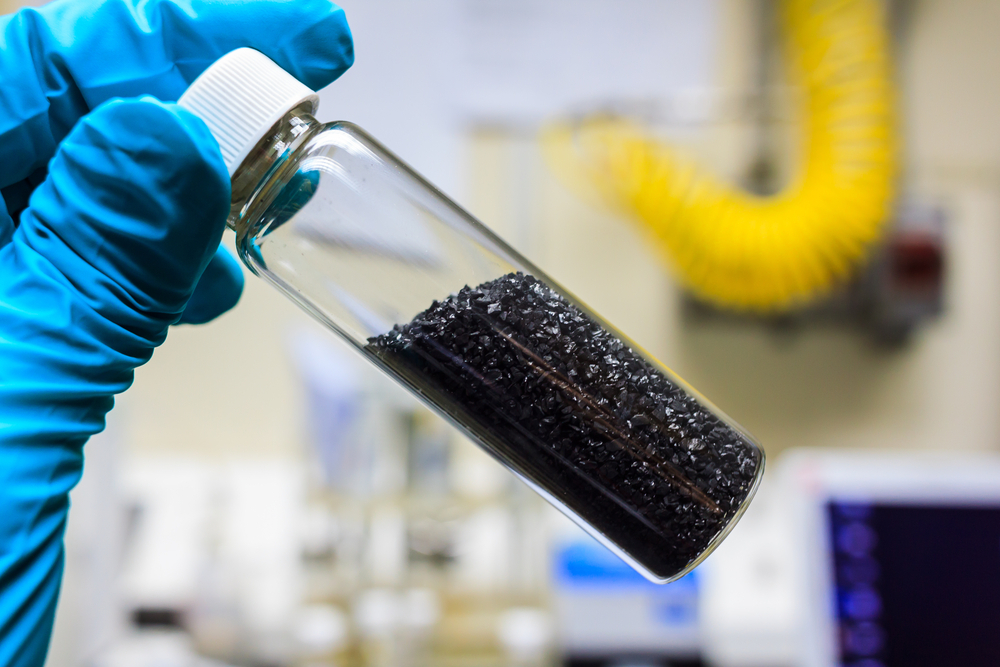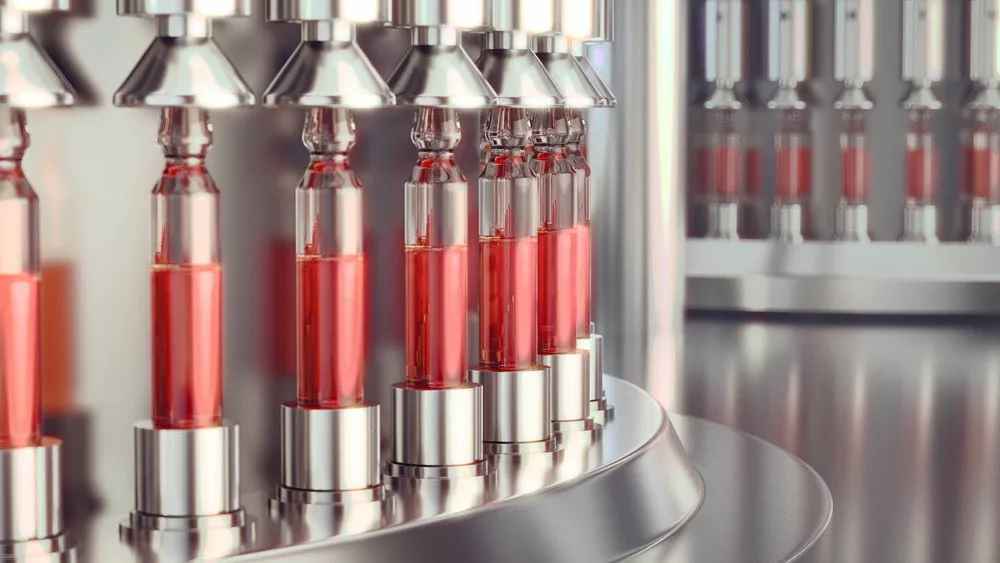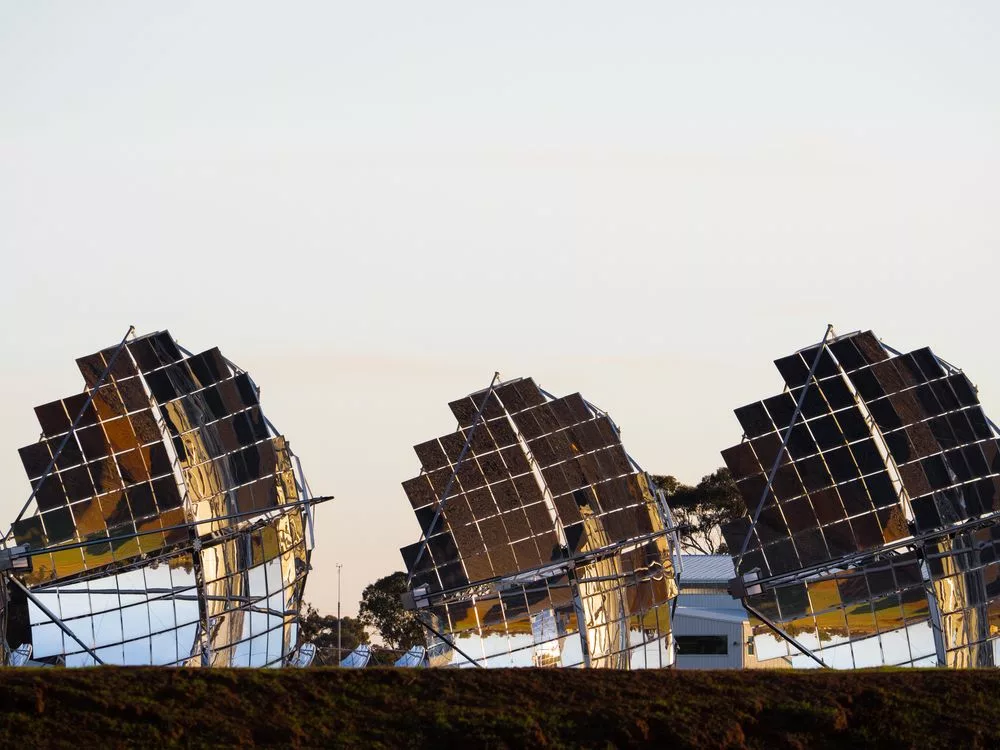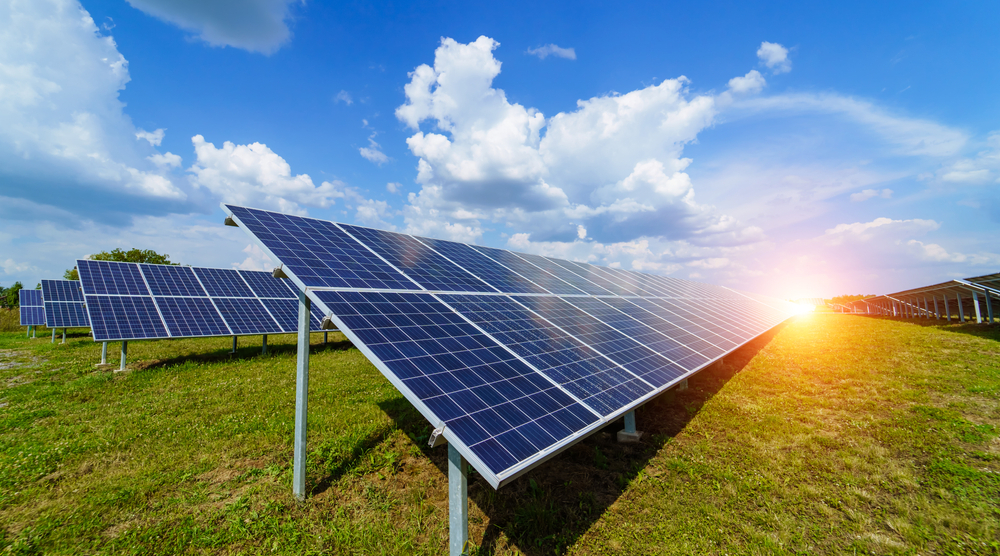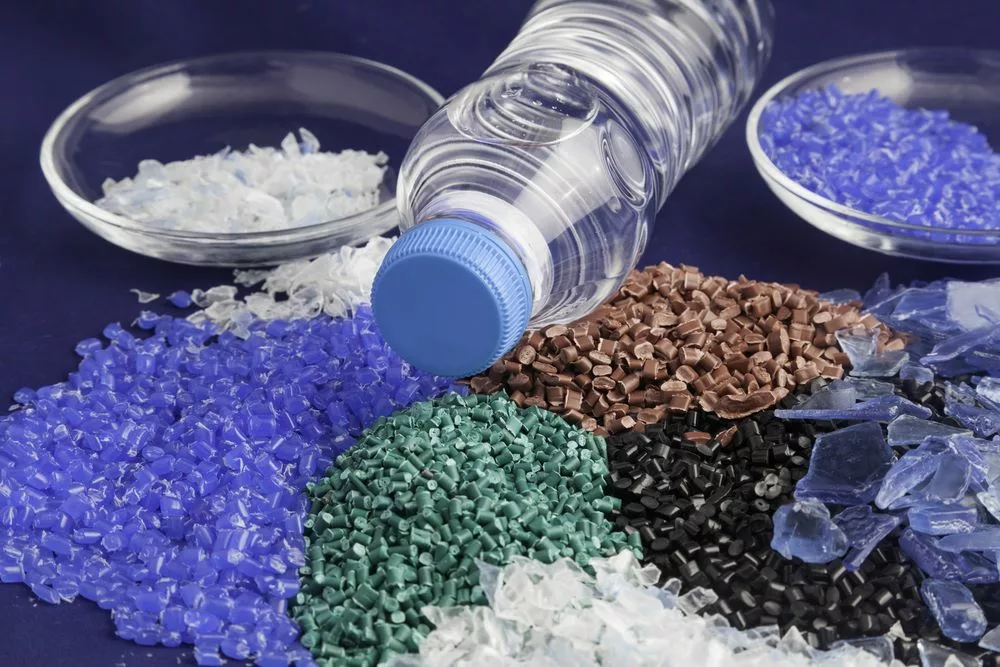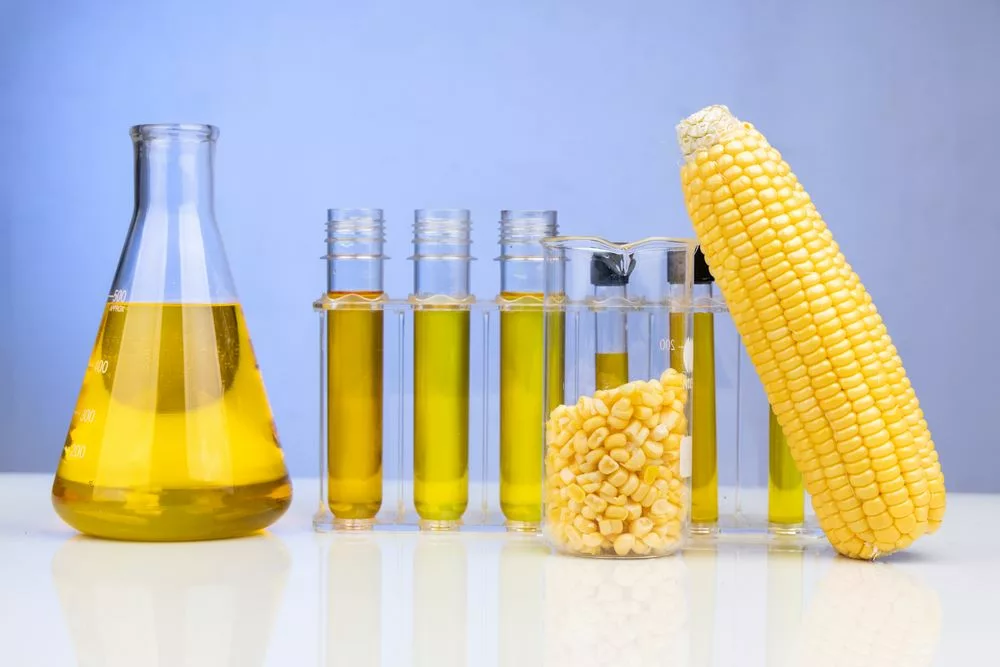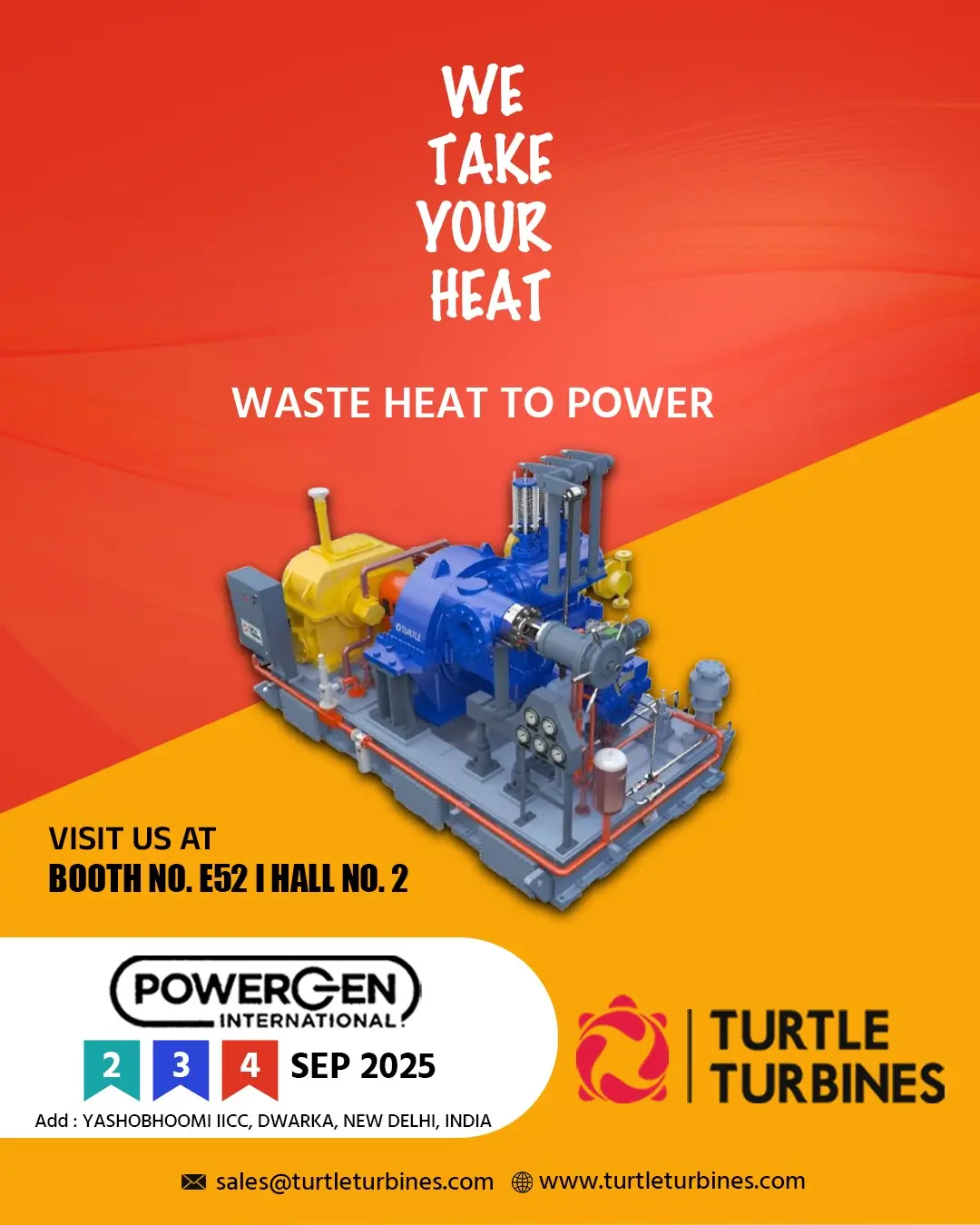Kenya is ranked the world’s eighth-largest producer of geothermal energy and the first in Africa.
Kenya has a large manufacturing sector serving both the local market and exports to the East African region.
Steam is a must-have utility in many industries. Yet, while the basics of steam engineering are common, each industry places its own demands on a system.
Industry in Kenya is dominated by food-processing industries such as grain milling, beer production, and sugarcane crushing, Distillery, etc.
All these industries consume a lot of steam and thus steam turbine as a power source for the individual company becomes the most viable and economical source of power.
Most of the milling and food processing industries use saturated boilers while beer producers and Distillery uses superheated boilers. Both have the potential to run a steam turbine without hindering their process.
They can put a steam turbine parallel to their PRS or PRDS and convert the pressure energy to electricity.
Turtle Turbines provides the solution of power-generating steam turbines for both saturated and superheated boilers. These steam turbines precisely control the steam pressure while generating power.


